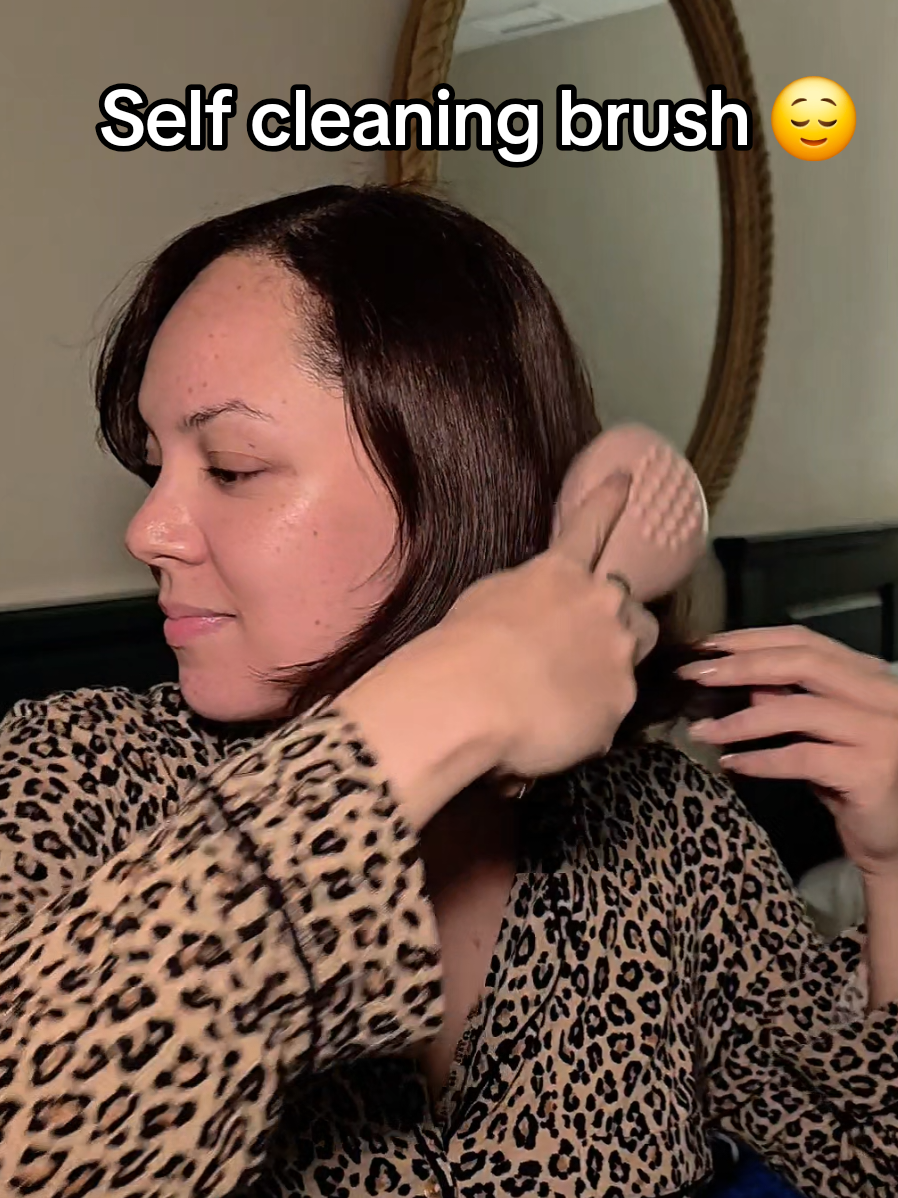Bryan Deane
Region: US
Saturday 18 October 2025 00:57:41 GMT
731
67
6
2
Music
Download
Comments
JRB1906 :
How was it this year? I decided not to go.
2025-10-18 05:34:45
0
𝐹𝒶𝓇𝓇𝒶𝒽 :
Aww. You're so sweet for that.
2025-10-20 01:29:18
1
t_sharp06 :
💪💯
2025-10-18 15:42:14
1
To see more videos from user @thebryandeane, please go to the Tikwm
homepage.













